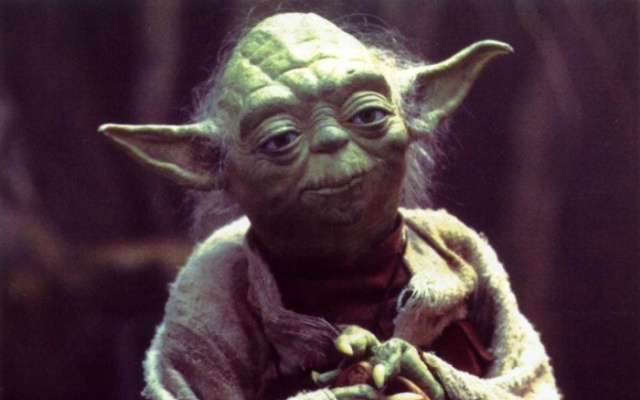Competition Ivideon. Continuation

Yesterday we told that we are announcing a competition to create a demonstration application based on OpenCV for tracking several objects, where the prize will be a trip with our team to Sri Lanka, as well as a job offer in our company.
It is great that the competition was perceived positively and we began to write actively in all different ways in order to clarify certain issues. Many of them were of the same type, so we would like to answer them in the form of a separate small topic.
')
1. For the detection and tracking of objects is very important to know what they are. What are the objects of tracking?
Ivideon is primarily a video surveillance system. Therefore, in most cases the role of objects will be people, cars, possibly animals. In the process of tracking the object can change quite strongly (in terms of transformations). But from frame to frame, these changes will be such that it will be possible to identify the object. All objects are part of the real world and we assume that they cannot suddenly disappear or teleport. Certainly tracking errors will be. The main thing is that there are not many of them. For the competition, we assume that the camera is installed statically and does not change its position during operation.
2. Where can I get video samples to be used for detection? You must first configure the classifiers.
We deliberately do not post the video sequences, because for them it will be possible to develop a stable operation of the algorithm, which will no longer work correctly, just turn the camera a little. I would not like such a result.
We have one of the most demanding users - massive. For example, some install our software on the Pentium 3 and write a negative review on GooglePlay, that it does not work for us and the video goes jerky, sincerely not realizing that more modern processors are required for video encoding. Although it is correct. The user is not required to know about it. This is our flaw that we do not talk about this during the installation. Why am I writing this? Simply, we ourselves cannot know what the user wants to follow and what the user wants to consider. It is possible that tomorrow someone will do on the basis of Ivideon broadcast cockroach races with automatic determination of the winner.
3. Is it possible to use the Tracking-Learning-Detection (aka Predator) algorithm?
Of course you can. But only the idea itself, which, by the way, is not new. Since, firstly, it was originally created to track a single object and is not a complete solution. And secondly, its source texts are distributed under the GPL license, which, unfortunately, we cannot use yet. In the future, after reaching the specified indicators, we will definitely make a significant part of our source code open. In the meantime, working code is one of our competitive advantages, which we don’t want to lose now.
4. Why only C / C ++? You can do much better, for example, in C #
At the moment, all the main applications are written in C ++. The same code is used not only in Windows, but also in Linux and Mac OS X. Therefore, I don’t want to breed technology zoo or think about how to run C # on Mac and Linux. Hope for understanding.
5. If I collect a ready-made example from OpenCV, can I send it to the competition?
Of course, you can send. But for us it is very important that a person understands how this example works. Computer vision is quite an extensive area of knowledge, which over the years has accumulated a decent mathematical apparatus, as well as the practical implementation of certain algorithms. You need to have an idea about them, understand how they work and when they need to be used, and when not. Represent their complexity and how much they will occupy computing resources. Without good practical experience together with specialized education it is difficult to do.
6. The competition presented 3 tasks. They need to be done separately.
It seems to me that this is wrong in terms of resources expended. Because when solving successively, we get complete information about the objects at the first stage (tracking), which can be used when calculating intersections at the next stage and detecting the appearance / disappearance.
7. Can I do without OpenCV?
If the same tasks are solved, then it is possible without OpenCV. Simply, OpenCV implements the basic primitives for image analysis and can concentrate on solving, rather than creating your own primitives. In fact, for the most part, the basic workings of the above tasks are available as examples to the library itself in one form or another.
8. Unfortunately, I am not a computer vision specialist. But I have competencies in other matters. Can I participate in the competition?
Tasks for the competition have already been formed. But if you can really help us expand the capabilities of our product, we will be happy to hear your suggestions! If we like them, then it will be possible to discuss options for your remuneration for the implementation of these proposals!
9. I do not have an account on Habré. How can I contact you?
We apologize for not taking this into account. All questions can be sent to the contest (dog) ivideon.ru . We will try to answer as quickly as possible. In addition, if you have a desire, you can tell us about the solution you are proposing in our blog, just send us a text for this. If we like it as a whole, we will publish it and, if possible, give you an invite!
Source: https://habr.com/ru/post/157749/
All Articles